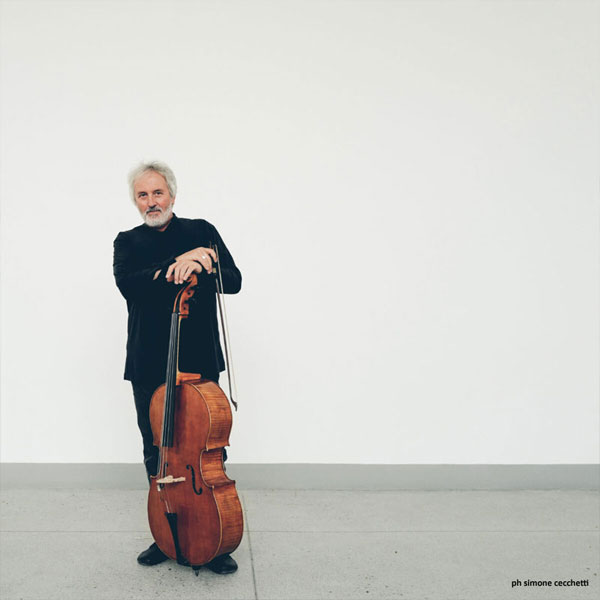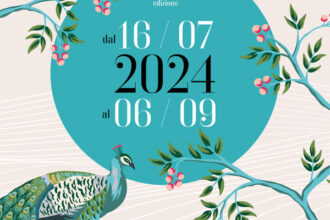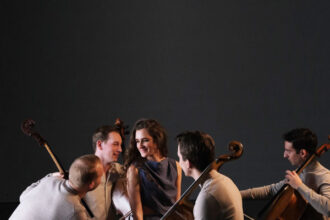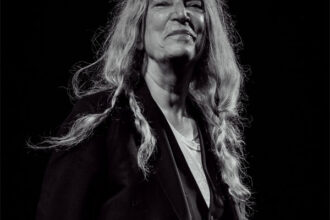Mario Brunello and Bach, the small cello and the “Sonatas and Partitas”: Bach didn’t tell us everything
The Sonate e Partite per violino solo are one of Bach’s best-known masterpieces, together with the Suite per violoncello solo. In tune with the mystic aura of the Eremo di Santa Caterina del Sasso, and the silent walls of its church high in the cliff looking down over Lake Maggiore, Mario Brunello proposes a fresh reading of this work, using an instrument that disappeared just about the time when Bach was composing this marvellous music: the small cello.

In recent years Brunello has flanked this four-stringed small cello alongside his precious Maggini. It is a ‘hybrid’ instrument, widely used in the Baroque period, and is a member of the string family. Kantor was very fond of it. It is tuned just like a violin (E, A, D, G) but an octave lower so it has a somewhat darker voice, more like the cello. It was this that led Brunello to explore the gems in Bach’s violin repertoire, closing the cycle of the six Suites and the six Sonate e Partite so as to have the whole work complete for one instrument.
For this project our Artistic Director followed a study by the musicologist Benjamin Shute, who suggested that the Sonate e Partite trace a biblical story, in particular the ‘Life of Christ’, featured in the Old and New Testaments. Bach was very familiar with the Bible and all cantatas offer references to the life of Christ, sung or narrated from the holy texts. In the Sonate e Partite they are converted to instrumental music. Shute maintains that the Sonate e Partite can render a universal story like the life of Christ.
Mario Brunello says that with no really serious intention, and quite casually, he tried playing the Sonate e Partite on a four-stringed violoncello piccolo rather than the more common five-stringed instrument. This was virtually a large, or tenor violin, tuned the same way, but an octave lower. Bach was certainly familiar with it as it was widely used in the late 1700s.
Brunello continues: <<That music, the Sonate e Partite per violino, showed me that Bach hadn’t told me everything: he’d hidden half of what his art could do with an instrument with only four strings. It was clear that I only knew one of the sides of Bach’s planet, the cello Suites. Playing the Sonate e Partite had suddenly revealed the hidden face of that map, which now presented itself to me with all its ups and downs, and all the colors of the earth and oceans. The small cello, with its high voice and sculpted body, has all the fascination of a countertenor, with the seductive appeal of an androgynous figure, and gave me an opportunity to read the Sonate e Partite like a cello player without attempting impossible virtuosism and no transposition, so Bach’s text remains intact>>.
Mario Brunello
Unmissable concerts on th 23rd and 24th of August, a precious moment of music that will remain imprinted for a long time.
Listen to the full programme on Spotify!
This is a special occasion when we meet Mario Brunello for the first appointment in the August Album. Our artistic director will spend time with the public before his concerts. We shall meet at 8 p.m. at the Stresa Landing Stage to cross the Lake to the Hermitage.




